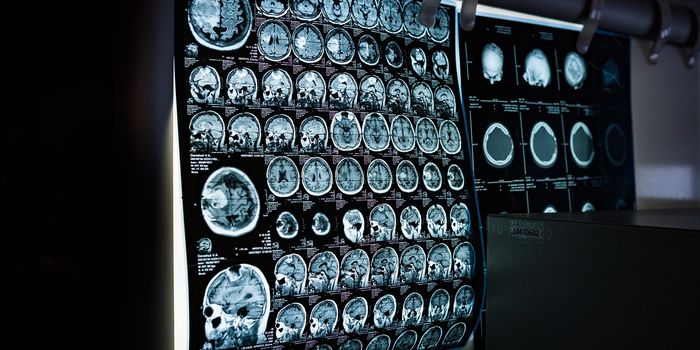A New Test to Analyze Cell-Free DNA in Cancer Diagnostics
Cell-free DNA (cfDNA) are small pieces of genomic DNA that have escaped into the bloodstream either through active release by the cell or are remnants of a terminated cell. In recent years, identification and profiling of cfDNA by size was found to be an early indicator of early-stage cancers. Cancer has a higher ratio of small/large cfDNA than normal cfDNA profiles, which could be seen in tests.
Current methods of analyzing cfDNA in the blood suffer from some issues. Samples are often contaminated with genomic DNA from cells accidentally lysed during handling. Contaminating DNA degrading enzymes can also affect cfDNA levels in a sample. On top of it all, cfDNA is not abundant in the blood, so enrichment is needed before testing can be done.
A team from Simon Fraser University in Canada developed a possible method to overcome these downfalls of current cfDNA analysis methods. They would use droplet digital PCR, which combines PCR (which is used to amplify the cfDNA signal so it can be analyzed) with droplet formation (which is used to get many tests from one sample).
They started with 117 samples from patients with and without cancer. To determine the size profile, they used primers targeted for specific marker genes with known sizes alongside an internal control. They then compared the results of the droplet digital PCR test with the current tests to measure accuracy. Their assay’s results were in line with the current methodology. They observed that samples from cancer patients had a higher ratio of small/medium cfDNA fragments compared to samples from healthy patients.
To counter the possible genomic DNA contamination, the team utilized a profiling method of separating cfDNA into three sizes; small, medium, and large. Genomic DNA is often far larger than the short or medium, so a ratio of small/medium cfDNA was used to determine if a sample had higher DNA fragmentation than normal. They note that although cutting out the larger DNA fragments made the test resistant to genomic DNA contamination, to much genomic DNA could still interfere with the results.
This digital droplet PCR assay uses a small amount of cfDNA to generate analyzable datasets. The profiling method used by this assay is simple and is resistant to contaminating genomic DNA. The team also found that a high small/medium cfDNA ratio seems to be indicative of cancer, which is in line with many other studies. Unfortunately, the team notes that any mutations in the marker genes used in this test could ruin test results.
The study concludes, “Taken together, our data show that assays inferring ctDNA levels from cfDNA size distributions are a convenient approach to identify candidate samples with high ctDNA but these measurements must be always corroborated by complementary methods.”
Sources: Nature Scientific Reports, NEJMvideo









